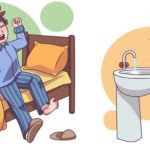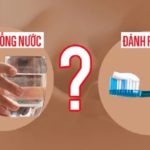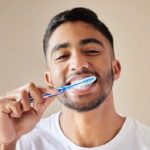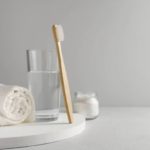Why You Should Use Dental Floss
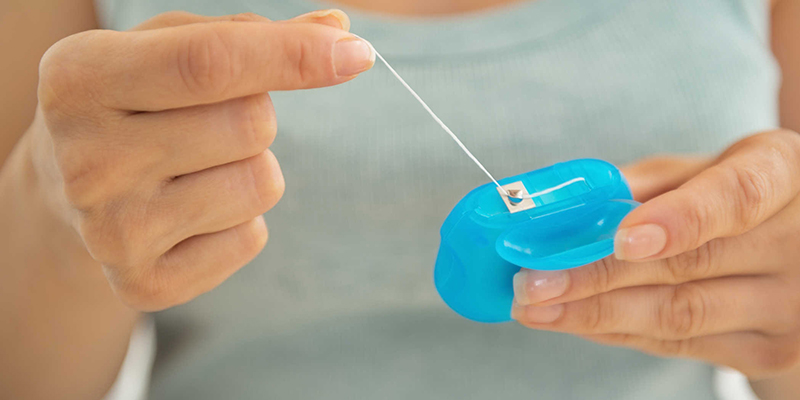
- In addition to your toothbrush, dental floss is an effective tool for maintaining good oral hygiene.
- Flossing helps remove food debris and plaque from between your teeth, reaching areas that your toothbrush cannot.
- By keeping your teeth clean and free from plaque, flossing helps prevent the formation of tartar, bad breath, gum disease, and tooth decay.
When to Use Dental Floss: Before or After Brushing?
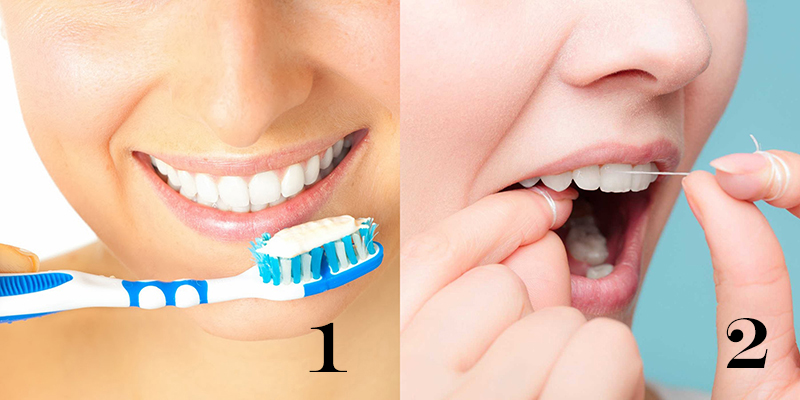
- You know that proper oral hygiene involves both brushing and flossing, but which should come first?
- The correct sequence is to brush your teeth first, followed by flossing.
Why Use Dental Floss After Brushing?
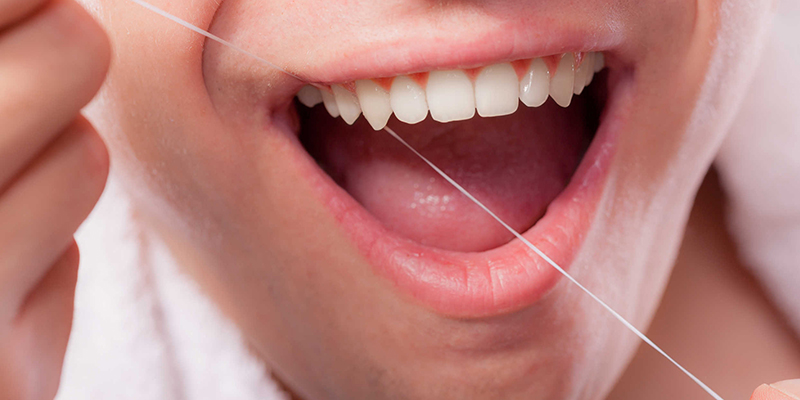
- Brushing your teeth helps clean the mouth, including the upper and lower jaws. It removes larger plaque buildup from the outer, inner, and some side surfaces of your teeth.
- However, the sides of your teeth have small gaps that toothbrush bristles cannot reach.
- This is where dental floss comes in, as it can effectively remove plaque and food particles from these tight spaces, ensuring a thorough cleaning of all tooth surfaces.
- Usually, the amount of plaque and food debris in these gaps is small. Therefore, after flossing, rinsing your mouth will wash away this debris without allowing it to reattach to the outer surfaces of your teeth.
- If you floss before brushing, the outer surfaces of your teeth may still have plaque and debris. Brushing can then push this plaque and debris into the tight spaces between your teeth, reducing the effectiveness of your oral hygiene routine.
How to Combine Brushing and Flossing for Optimal Oral Care
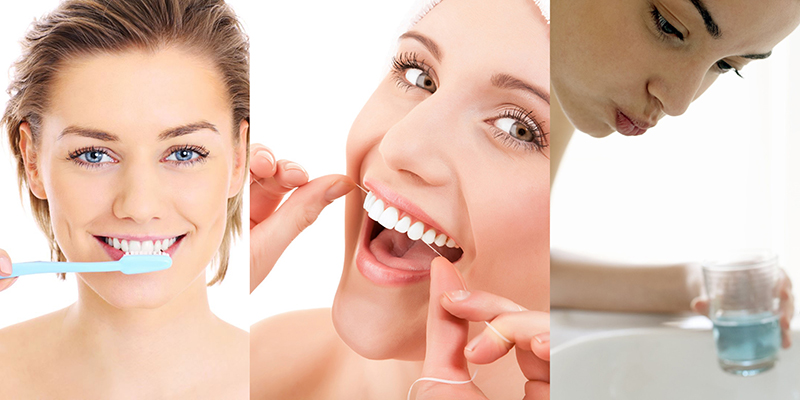
- Step 1: Rinse your mouth thoroughly to remove any large food particles and plaque.
- Step 2: Brush your teeth properly, cleaning the outer and inner surfaces.
- Step 3: Rinse your mouth again to remove plaque and toothpaste foam.
- Step 4: Use your tongue and a mirror to check for any remaining food debris on the outer surfaces of your teeth. If necessary, brush again to remove any remaining particles.
- Step 5: Floss to clean between your teeth.
- Step 6: Rinse your mouth a final time to remove any dislodged plaque and debris.
In conclusion, using dental floss after brushing your teeth is the most effective way to maintain good oral hygiene. Additionally, visit us to find the best oral care products, including dental floss and other tools to keep your smile healthy and bright!
You may also like

























